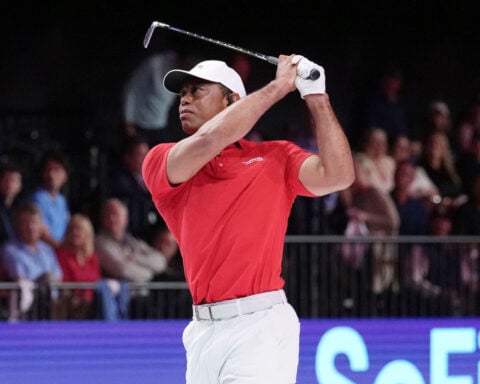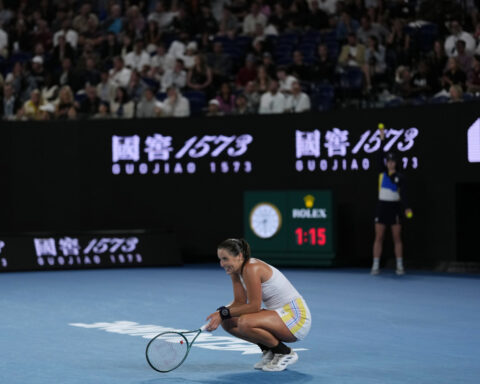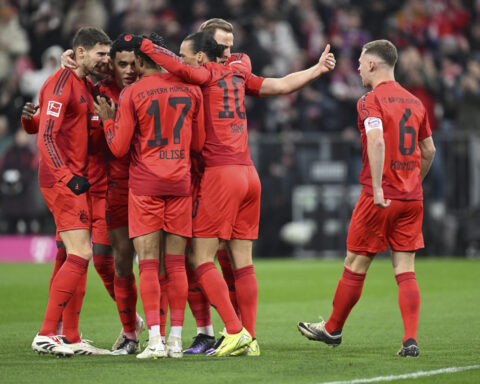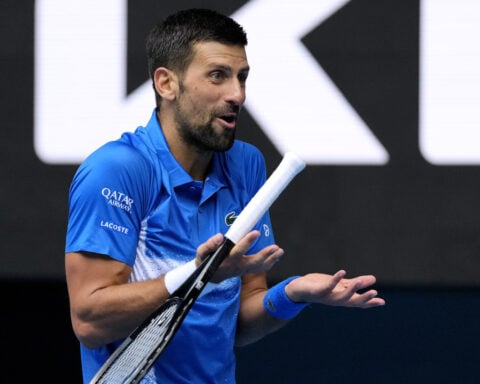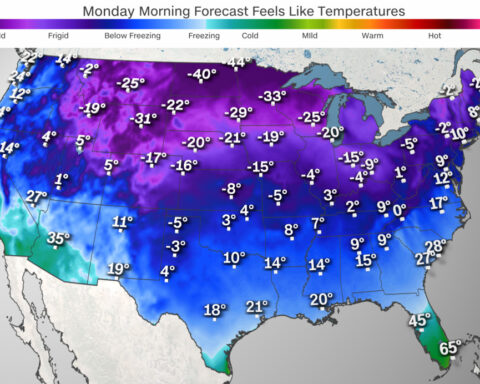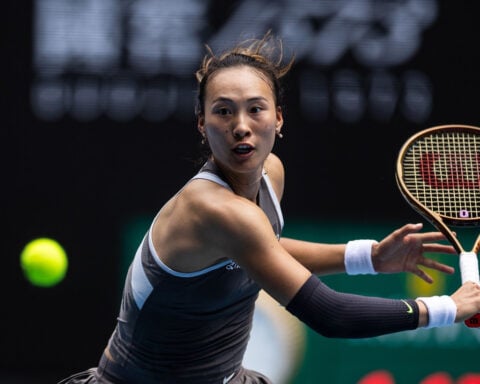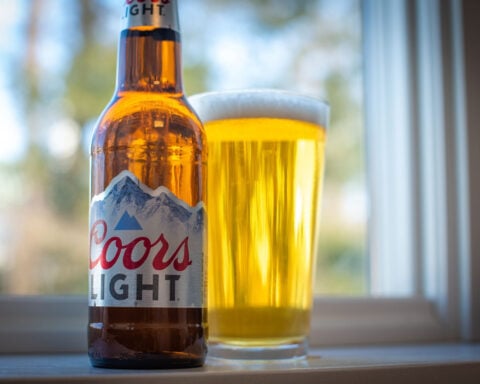Obviously, in such a fast-paced and violent game, the tiniest margins – both physical and psychological – can make a difference in performance. And players like Reed, Slay and at least a dozen others don’t seem to be willing to sacrifice their ability to maximize on-field performance for incremental safety gains.
As important as such players’ objections to the feel and look of Guardian Caps may be, it may not be the most significant problem the NFL faces in their adoption.
Blemishing the brand
Simply put, many fans think the Guardian Caps are ugly, even when they’ve been covered with fabric that mimics the look of the logos on the underlying plastic shell.
But why should the reaction of the fans matter? After all, they’re not the ones putting their health on the line.
What’s more, for the first 75 years of football history, most helmets were nondescript. Per football historian Timothy P. Brown, early helmets were constructed from plain leather in “various shades of brown or black, so they all looked more or less alike, as did many team uniforms.” It wasn’t until the 1940s and ’50s, when sports equipment manufacturer Riddell’s early plastic models began to gain popularity, that the helmet’s potential as a canvas for decoration began to be realized.
Yet so much of the NFL’s incredible success is premised on its visual appeal.
In the early 1960s, then-NFL Commissioner Pete Rozelle observed that television, not ticket sales, would power football’s future financial success. Helmet branding was a vital way to promote and celebrate an NFL team’s identity. For TV viewers, helmet logos would become only more crisp and colorful as broadcasting technology improved.
Today, the logos that first appeared on helmets in the mid-20th century have become the icons of multibillion-dollar brands with hundreds of millions of fans around the world.
The negative impact the Guardian Caps have on the look of the game, and the importance of that look to the continued popularity of the game, have not gone unnoticed.
“Football is an extremely visual sport,” Mike Florio of Pro Football Talk wrote. “It thrives in large part because of how it looks on TV.”
“With sleek helmets coated in clumpy coverings that look like soundproofing panels, the vibe will be compromised,” he added.
Fortunately for Florio and others who dislike the look of the Guardian Cap, the NFL has already approved and encouraged the use of six new helmet models that purportedly provide equivalent protection to those with the Guardian Cap affixed to them.
These models don’t exactly look like normal helmets, either. But they don’t look like Guardian Caps, and that could make all the difference.
Noah Cohan does not work for, consult, own shares in or receive funding from any company or organization that would benefit from this article, and has disclosed no relevant affiliations beyond their academic appointment.
Source: The Conversation

 US steps up Russia sanctions, placing threat of more sanctions on businesses partnering with Russia
US steps up Russia sanctions, placing threat of more sanctions on businesses partnering with Russia
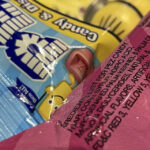 FDA bans red dye No. 3 from foods
FDA bans red dye No. 3 from foods
 FDA bans red dye No. 3 from food and drinks in the US
FDA bans red dye No. 3 from food and drinks in the US
 BAFTA Film Awards nominations revealed
BAFTA Film Awards nominations revealed
 Chipmaker NXP gets 1 billion euro loan from EIB for European projects
Chipmaker NXP gets 1 billion euro loan from EIB for European projects
 17-year-old star student-athlete shot and killed on the way to school
17-year-old star student-athlete shot and killed on the way to school
 Coco Gauff is into the Australian Open's 3rd round and still unbeaten in 2025
Coco Gauff is into the Australian Open's 3rd round and still unbeaten in 2025
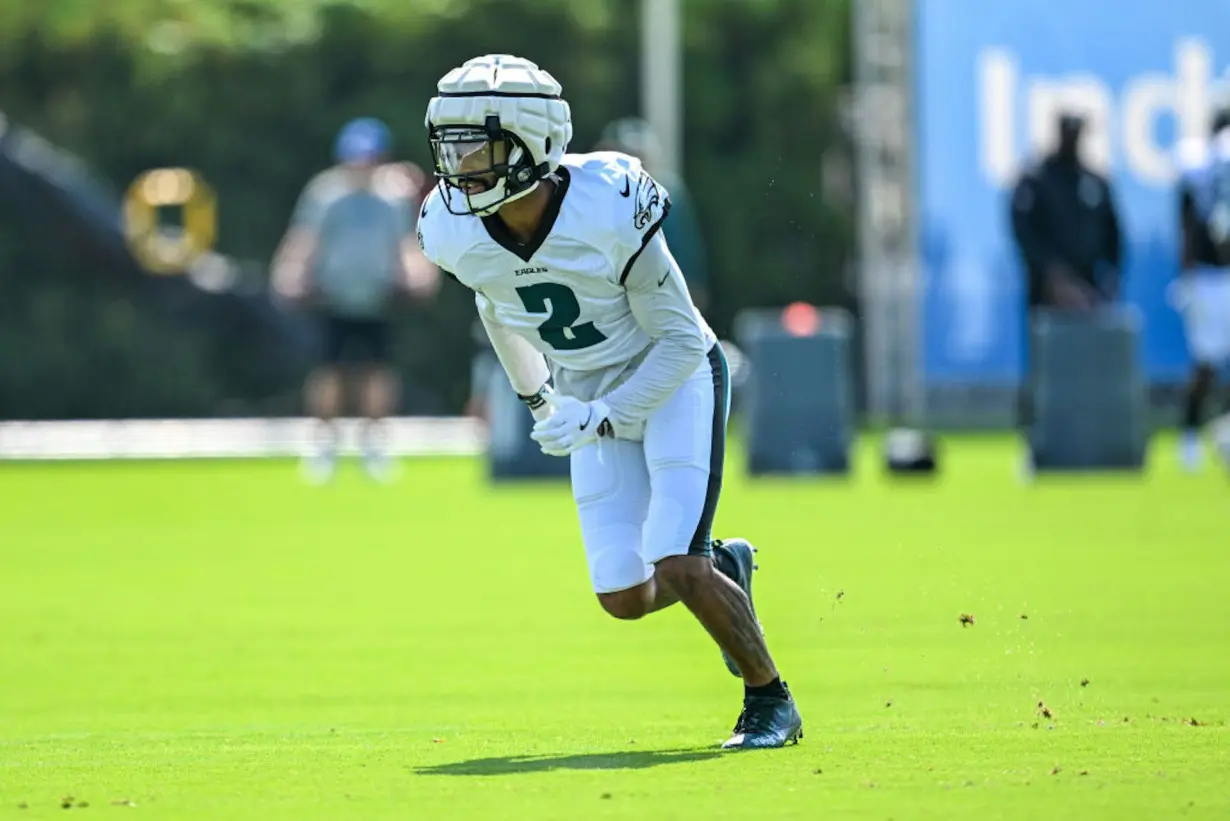 Philadelphia Eagles cornerback Darius Slay wears a Guardian Cap during practice on Aug. 5, 2024.
Philadelphia Eagles cornerback Darius Slay wears a Guardian Cap during practice on Aug. 5, 2024.
